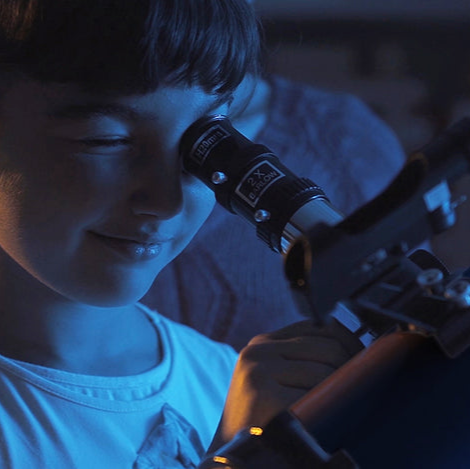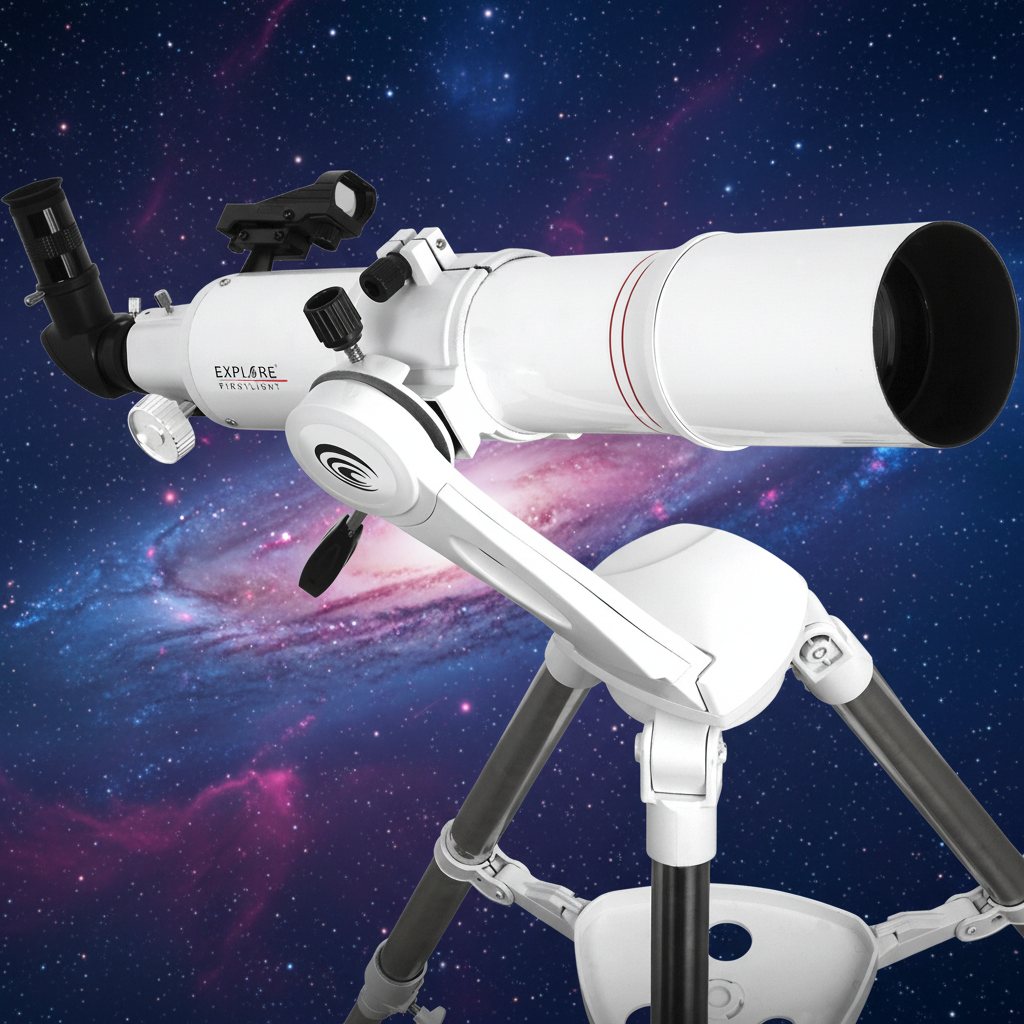我们很高兴为您带来业余天文研究领域的最新消息。几年前,威尔逊山天文台的工作人员将探索科学公司(Explore Scientific)的ED127空腔三联望远镜安装在威尔逊山天文台历史悠久的100英寸望远镜上。这一升级显著提升了其视觉天文学能力,让渴望体验这台历史悠久的望远镜所能展现的精彩的观星者们大饱眼福。如果您有机会通过这台100英寸望远镜进行观测,您很可能已经通过ED127的光路体验了宇宙。
虽然通过100英寸的望远镜观赏天体奇观令人惊叹,但它的真正目的是捕捉数据,拓展我们对宇宙的理解。多年来,它兑现了承诺,取得了一系列发现,并为更大、更精密的望远镜铺平了道路。可惜的是,它在专业天文界的鼎盛时期早已过去。但业余天文学家的聪明才智正在为这台功能强大的光学仪器注入新的活力。
尽管威尔逊山遭受着严重的光污染,但这些历史悠久的仪器仍然可以观测到一些明亮的天体。找到一种方法来充分利用这台100英寸望远镜的分辨率潜力,或许有助于重振其最初的研究用途。然而,与任何望远镜一样,它的分辨率也会受到大气视宁度的限制。在当今的专业天文学研究中,通常使用昂贵的有源光学器件来抵消这些影响。然而,还有另一种技术——散斑干涉法,由安托万·拉贝里于1970年发明,专门用于解决大气湍流问题。这项技术使天文学家能够实现接近其望远镜理论极限的分辨率。

小型/科学望远镜工程学习和天文研究 (S TELAR) 团队,在利用威尔逊山标志性望远镜开展现代科学研究方面发挥了关键作用。他们的最新项目采用散斑干涉法测量双星轨道,从而加深了对这些天体系统的理解。 Dale Ghent(业余天文学界著名的系统工程师,因是备受推崇的天文软件平台NINA的主要开发人员而闻名)是 STELAR 团队的成员。
根特大学为我们深入介绍了STELAR的这项工作,展现了业余爱好者的奉献精神与尖端技术的强强联手。此次合作凸显了业余天文学家能够做出的重大贡献,他们利用创新的工具和方法加深了我们对宇宙的理解。除了业余科学家之外, 由Rachel Freed领导的InStAR项目的年轻学生也将受益于这项科学项目的实践体验。
这架100英寸望远镜不仅在天文学史上堪称传奇,更是科学发现的基石。它在1917年首次亮相时,是当时世界上最大的运行望远镜,并在20世纪初的许多天文发现中发挥了至关重要的作用,包括埃德温·哈勃揭示M31并非一个星云,而是另一个星系。将散斑干涉技术融入这架历史性的望远镜是一项激动人心的进展,我们为成功开发和部署这项技术的STELAR创新者们致敬。
对于探索科学团队 (Explore Scientific) 而言,我们很高兴能够为双星探索贡献一份绵薄之力,并期待这项工作将带来的宝贵数据。我们向威尔逊山天文台的工作人员和 STELAR 在这一重要进展中做出的贡献致以最深切的感谢,并期待此次精彩合作带来更多激动人心的进展。















发表评论
所有评论在发布前都会经过审核。
此站点受 hCaptcha 保护,并且 hCaptcha 隐私政策和服务条款适用。